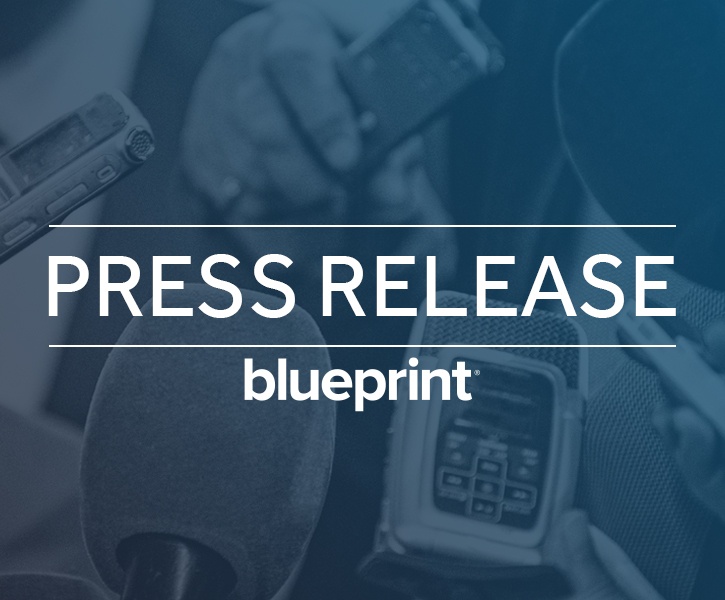RPA Migration Best Practices: A Checklist
RPA migrations can be complex projects. In the past, they were next to impossible because the only way to migrate RPA estates was to do so manually. That involved investigating each automation to understand what it did, rewriting the code in the new RPA tool’s environment so it could be compatible, testing, and finally deploying it.
RPA migrations are now exponentially simpler with the emergence of RPA migration solutions that drastically reduce the complexity, time, and money needed to switch RPA providers. Even with automated solutions that simplify and accelerate RPA migrations, a strategic, methodical, and thorough approach is still needed.
Executive sponsorship and employee buy-in are required to trigger and support a move from various perspectives. Technology in the form of an automated RPA migration solution needs to be procured. Automation leaders also need to understand what they have in their RPA estates, what’s working, and what isn’t, so an RPA assessment must also be performed.
Lastly, the automations worth migrating must be identified, prioritized, converted, then tested and deployed. There’s a lot that needs to be ironed out in an RPA migration, even with the help of an automated RPA migration solution. Therefore, we created an RPA (Robotic Process Automation) migration best practices checklist detailing the major activities and preparations an RPA migration should follow.
RPA Migration Best Practices Checklist
#1 - Define which RPA platform you want to migrate your estate to
- Ideally, it will be one that helps you reduce RPA’s total cost of ownership (TCO) while delivering other significant benefits in the process like increased compatibility, accelerated scale, etc.
- Ensure that your new solution meets all of your future goals and needs.
#2 - Develop a business case for RPA migration
- Define why you are switching RPA providers to gain executive sponsorship.
- Your business case should include key elements such as cost reduction, accelerated automation delivery, infrastructure advantages, etc.
#3 - Procure an automated RPA Migration solution and provider
- Manual RPA migrations are challenging, time-consuming, and incredibly expensive. Risks are mitigated, and time and costs are significantly reduced with automated RPA migration.
- When using a service integrator, professional services company, consultant, managed service provider, etc., ensure they are familiar with and proficient with both your origin and destination RPA platform.
#4 - Perform an RPA Estate Scan
- Many automation practices don’t know what they have in their RPA estate. An RPA Estate Scan is an assessment that helps you understand your portfolio of bots faster with detailed statistics and insight. It also enables you to decommission underperforming or redundant automations to save even more money instead of migrating them to a new RPA platform needlessly.
- An RPA Estate Scan will also show you how much of your RPA estate can be automatically converted to your destination RPA platform of choice so you can strategically plan your migration project.
#5 - Define which automations you’re going to migrate
- After an RPA Estate Scan, you can retire inefficient and redundant automated processes to further reduce your automation OpEx (operational expenses) and identify which high-quality automations you will be migrating.
#6 - Create a strategic plan and project timeline for migration
- An RPA Estate Scan delivers both a time and resource estimate for migration according to your productivity parameters. This can be used to define an estimate, project timeline, milestones, and waves or sprints for migration to keep the project on track and accountable.
#7 - Prioritize your automated processes for migration
- Plan waves or sprints of RPA migration, prioritizing automations based on business criticality (the most critical being the first to move over), size and complexity (large processes migrated first), and number and nature of application dependencies (migrate more complex processes first).
#8 - Export your automations into your destination RPA platform
- Your automated RPA migration solution lets you directly port over your converted automations to your destination RPA platform. Any automated processes that require adjustments can be modified directly in your new RPA tool.
#9 - Modify any automations that haven’t been completely converted in your new RPA platform
- Your automated RPA migration solution will provide you with a list of TODOs in the form of inline comments to fix any compiler errors, refactoring connection strings, string commands, etc.
#10 - Test and deploy your completed and migrated automations
-
After code completion for the destination RPA platform, apply the same steps as for a new development, which includes integration testing, user acceptance testing, documentation, signoff, and deployment.
#11 - Monitor and support
- Monitor the performance of the RPA environment post-migration.
- Provide ongoing support to address any issues or updates.
#12 - Perform a post-migration review
- Conduct a post-migration review to assess the success of the migration.
- Gather feedback and lessons learned to improve future migration projects.
Conclusion
Even though RPA migrations have become much more accessible, timely, and affordable, some effort is still required to ensure your migration is successful.
The heavy and debilitating lifting has been eliminated with the help of automated RPA migration solutions. However, front-end diligence is needed. RPA vendor evaluations must be performed based on cost reduction, capabilities, and compatibility with the rest of your enterprise architecture.
Your RPA estate must also be understood—namely what’s in it, where there might be redundancies and waste so they can be eliminated for further cost relief. Then an actual strategic plan for the execution of the migration must be sorted in the form of waves and sprints like any other software development project.
Though the effort for RPA migrations is vastly reduced, a thorough and structured plan is still crucial, which is why we created this job aid in the first place. We also have this checklist available as a PDF so you can share it with your team. Download it now and set up your RPA migration project for success.
Share this
Recent Stories

What is RPA Migration? Everything You Need to Know

RPA Platform Migration a Top Initiative for Organizations This Year, According to Research by Blueprint Software Systems


